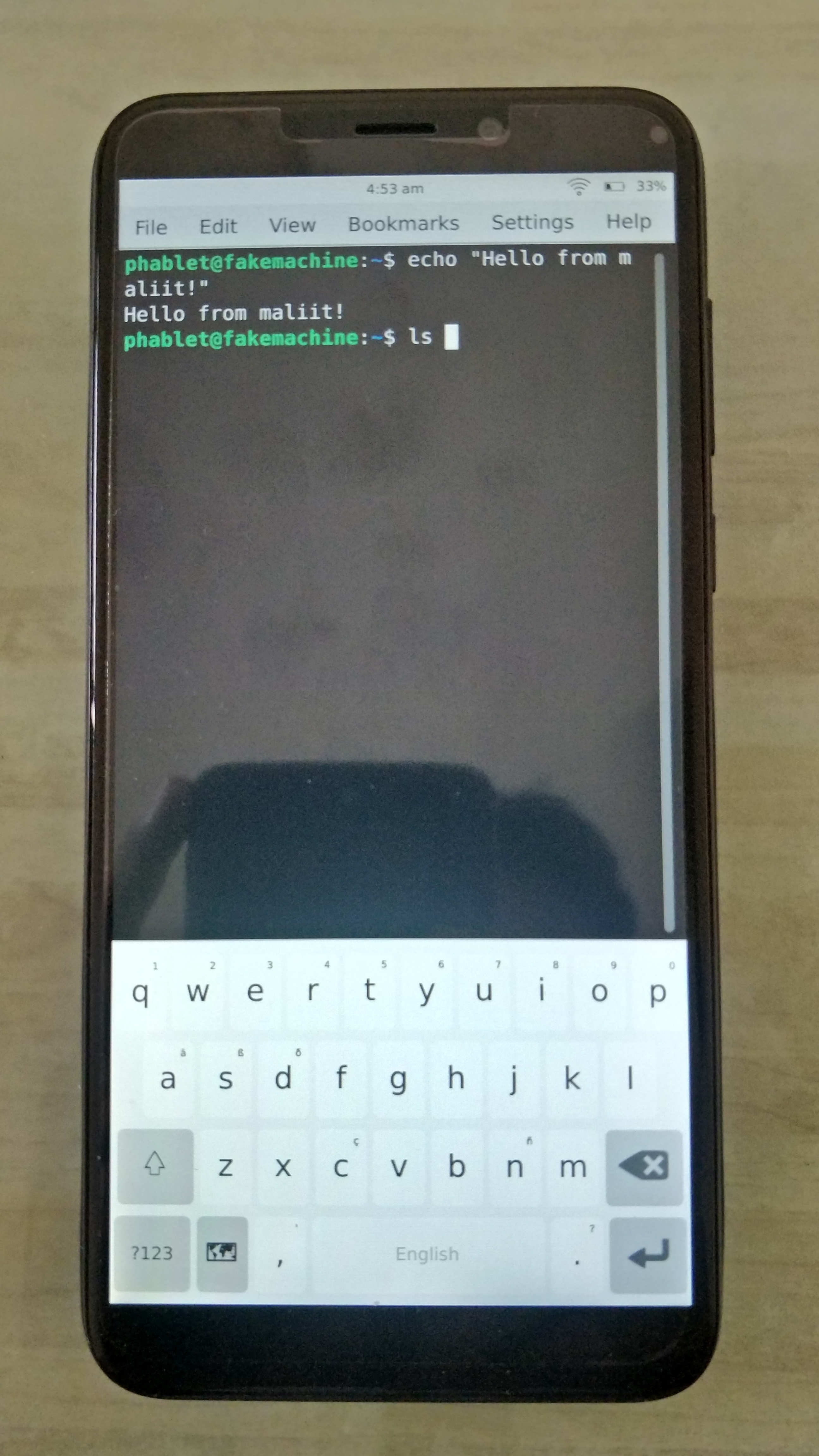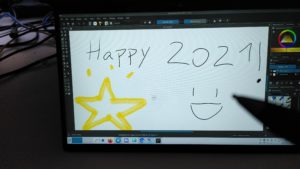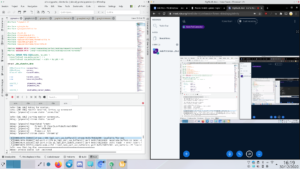Over the last few years and especially since the Wayland goal vote, the Plasma team, we have been focusing on having our Plasma Wayland experience work at least as good as our traditional Plasma X11 experience does. Today I’d like to wrap up my experience on this front for 2020.
Despite having been working on KDE and even Plasma projects for a long while, I’d never gotten much deep into working on KWin internally. I dipped my toes in it in 2019 when working on the key states feature (that plasmoid that says if caps lock is pressed or not, which we needed because the KDE Slimbook didn’t have an LED for the Caps Lock). Here I’ll discuss a bit how it evolved over time.
Features
Tablet support
It’s probably been my first big feature contribution to KWin. From 5.19 you’ve been able to use your tablets to draw things, all features should work fine and life should work. In the beginning, I was mostly interested in getting the 2-in-1 tablet with a pen work, hence implementing this one first.
The rest of the spec implementation is pending review here and hopefully should make it into 5.21: https://invent.kde.org/plasma/kwin/-/merge_requests/559
Screen casting support
This is something I’ve worked on mostly with my Blue Systems hat on, but still is something very important for our daily usage of Wayland, especially nowadays where working remotely is more important than ever and sharing our screens and windows is something that we need to do on a daily basis.
KWin used to support already sharing screens, or rather xdg-desktop-portal-kde could, now we centralised the implementation in KWin and made sure it’s as performant as possible. It was admittedly rather complex to put together, but allowed me to understand how the system works and helped me have a better insight of the architecture.
Input Methods
Plasma Mobile is becoming a palpable reality and input is very important on any touch device. In Plasma Mobile we’d been relying on having Qt’s embedded virtual keyboard since the beginning and while it worked reasonably well, we needed to make it possible for us to offer more and better solutions. This time, we implemented the unstable input-method protocol which allowed us to use keyboards implemented in a separate process, hence making it possible to integrate the Maliit keyboard transparent, as well as the weston keyboard if minimalism is your thing.

This, of course, opens the possibility of much more development on top in terms of other better virtual keyboards, improving the current ones or the integration of more esoteric kinds of input methods (e.g. ibus, fcitx, emoji keyboard or even spell checkers and the likes).
Developing comfortably
Something that was clear to me as soon as the Wayland Goal was shaping up was that we had to find ways to free ourselves a bit from the ABI limitations. From the beginning, Wayland interfaces started to be developed in KWayland under KDE Frameworks 5. This meant that server-side implementations had to stay backwards compatible to certain versions of KF5 and that we couldn’t do certain things. We moved KWayland Server components into a separate component here, that is released with Plasma and we can develop as we see fit: https://invent.kde.org/plasma/kwayland-server/. Note that KWayland Client classes stay there where they always were.
This has allowed us in turn to adopt the usage of qtwaylandscanner, which is a tool that generates certain boilerplate C++ code for us from the xml spec, allowing us to focus on the parts we care about in the implementation. This makes Wayland protocol implementation a bit more straightforward while removing some code. You can see the MRs Adrien and Vlad made doing this if you’re curious about the changes it conveys. Our first protocol implementation to use qtwaylandscanner was the keystate protocol I mentioned earlier.
Talks
As it’s important to explain what we do so people are aware of it, I decided to take some time this year to explain the different aspects of our Wayland initiative and overall why Wayland makes sense. You can see it explained here, I wouldn’t recommend you to look at them all, but it could be useful for you to look at the one that fits your perspective better.
KWin and Wayland
Wayland for Product creators
Wayland for App Developers
Plasma Wayland: donde estamos y como ayudar (in Spanish)
Future
I know there’s a lot of really exciting stuff coming up from the team. If you’re interested, stay tuned. We will be having a sprint early January to discuss different topics from major roadblocks to a light and comfortable experience.
Consider joining us either at the sprint or at the Wayland goal forums and work with us towards a better experience using Free Software and Plasma.


Thanks a lot for your work for a great piece of free software like Plasma!!
(said with my Plasma user hat on)
Greetings!!
Gràcies!